Cover Story
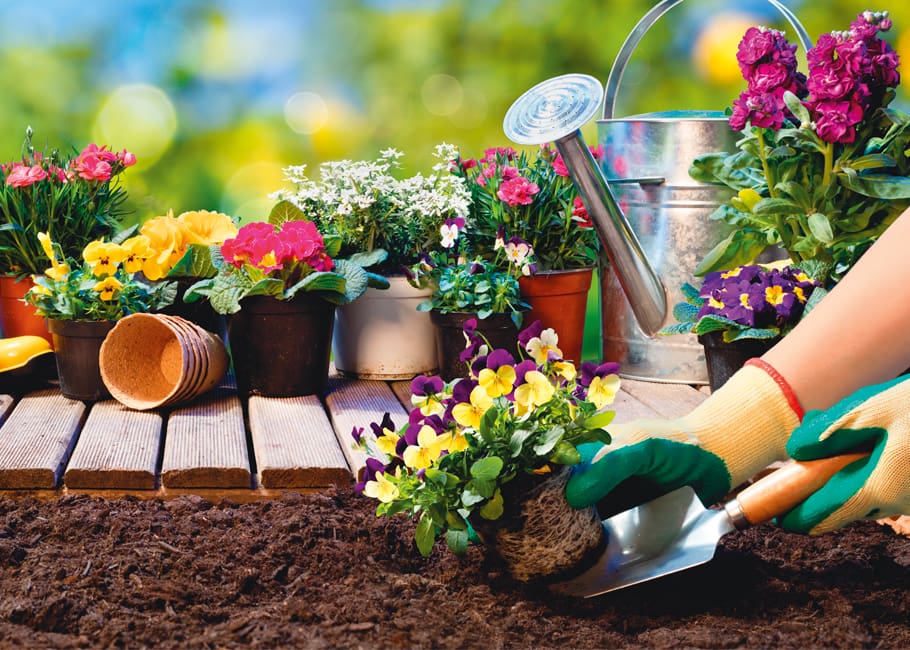
© Romolo Tavani / stock.adobe.com
Get in the zone
Choosing the right plants for your garden and landscape can be overwhelming. Plant hardiness maps with zones based on average seasonal temperatures can help you select vegetation that is more likely to thrive seasonally or year-round in the area where you live.
by Melinda Myers
You can’t control the weather, but you can increase your gardening success by selecting plants that survive and thrive in the cold of winter and the heat of summer. Unlike annual plants that grow, reach maturity and die in one growing season, perennial plants—those that grow for multiple years in the garden—need to survive the extreme temperatures to return each year.
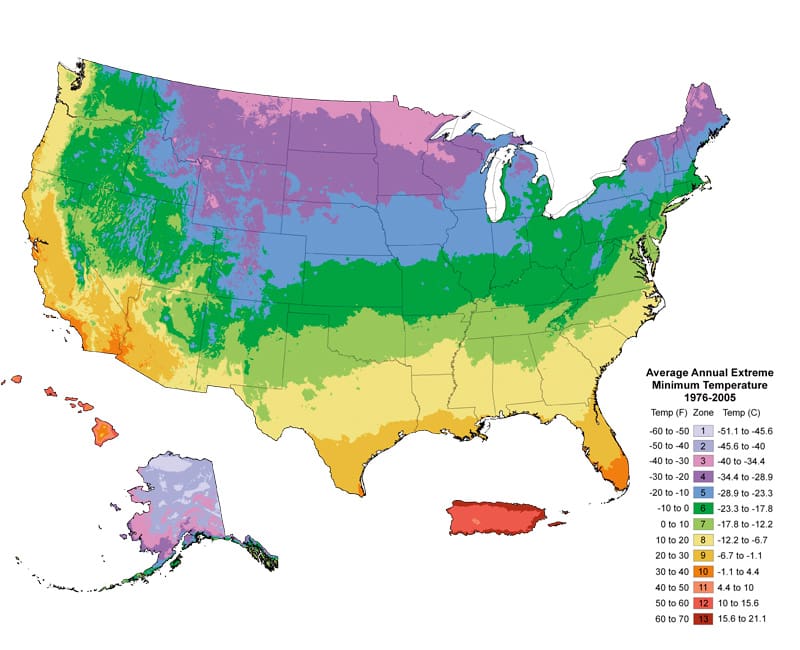
USDA Plant Hardiness Zone Map and map key
Agricultural Research Service, USDA, Oregon state university
Stay in the zone
A plant’s tolerance to temperatures is reflected in its zone hardiness. Most plant tags, seed packets and other gardening resources contain growing information on the sunlight, soil type, wind and, most importantly, weather that an individual plant needs to thrive. Compare this number to your area’s hardiness zone, which you can find on the U.S. Department of Agriculture’s Plant Hardiness Zone Map (planthardiness.ars.usda.gov) covering the United States.
The USDA Plant Hardiness Zone Map is broken into 13 zones. Each zone represents areas within a 10-degree F range of the average minimum winter temperatures. These areas are then subdivided into narrower 5-degree segments. The lower the zone number, the colder the average winter temperature.
As you look at the USDA Plant Hardiness Zone Map, you may notice islands of warmer or colder zones within the larger zone hardiness swath. Large bodies of water, urban heat islands, mountains and valleys influence the surrounding climate and growing conditions. These microclimates also exist within your landscape.
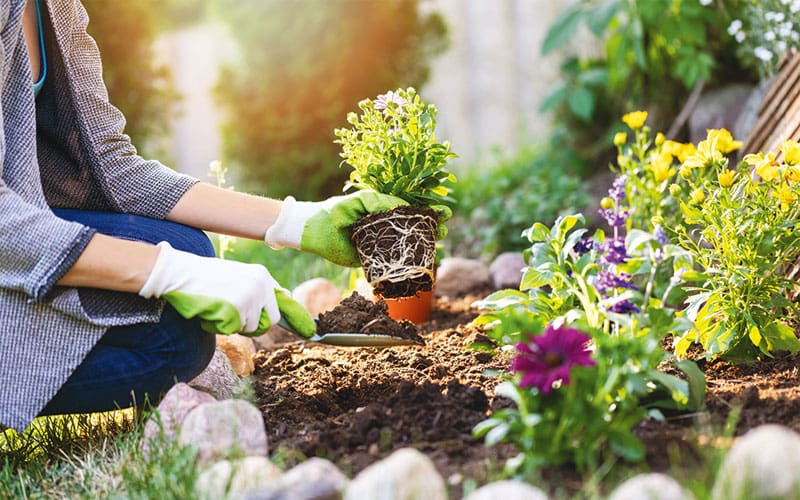
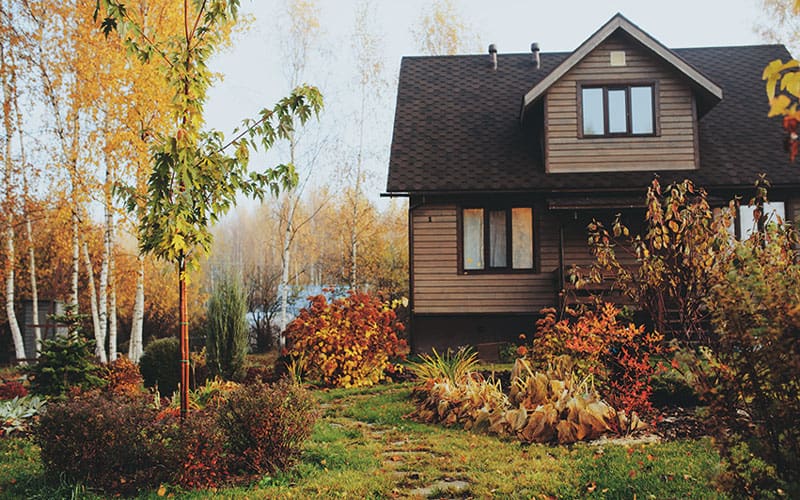
Properly caring for plants will help them thrive throughout the year
© ronstik / stock.adobe.com; mashiki
Braving the cold
To help plants survive the cold, Costco member Bob Polomski, a horticulture specialist at Clemson University, in South Carolina, recommends identifying pockets of microclimates in your landscape where the temperatures may vary by several degrees. This difference can mean a plant’s life or death in cold weather. Microclimates are influenced by sun exposure, existing plants and nearby structures, and low areas where cold air settles. Tree canopies, overhangs, arbors and fences also create microclimates in your landscape.
Use winter mulch to provide added insulation for plants that are not reliably cold hardy in your area and to discourage early sprouting during winter thaws. Cover susceptible plants with a layer of evergreen boughs, straw or marsh hay after the ground freezes. Use nearby plantings, screens and fencing to protect evergreens subject to injury caused by winter winds and sun. Burlap and other plant-protecting fabrics can also be used to shield sensitive plants from winter wind.
Winter cold does have some advantages. Certain spring-flowering bulbs, shrubs such as lilacs and some fruit trees require a certain number of cold days to flower and fruit. Nan Sterman (waterwise gardener.com), an award-winning garden writer, a TV host and a Costco member, reminds gardeners in milder climates, such as zones 9 to 10, that even though certain plants may be hardy in their area, those plants may not have the needed chill to flower and fruit.
A plant’s tolerance of cold temperatures is just one factor to consider. Tiger Palafox, co-host of the Garden America radio show and a Costco member based in Southern California, references Sunset climate zones (sunsetplantcollection.com/climate-zones) when selecting and recommending plants. “We have so many different climate shifts due to geographical changes in a small area; their zone map is the best way to determine what will grow in our areas,” says Palafox. His Garden America co-host, garden writer John Bagnasco, agrees that California’s microclimates make the Sunset zones absolutely necessary. For example, he lives 13 miles from the beach and can grow plants that do not thrive on the coast.
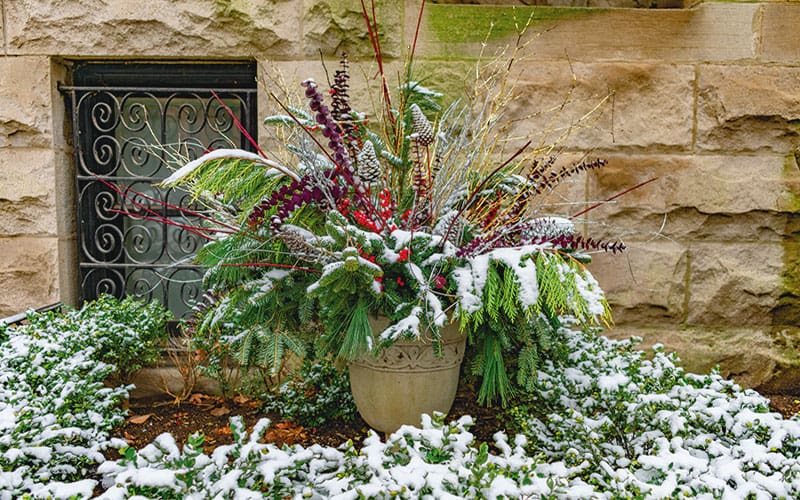
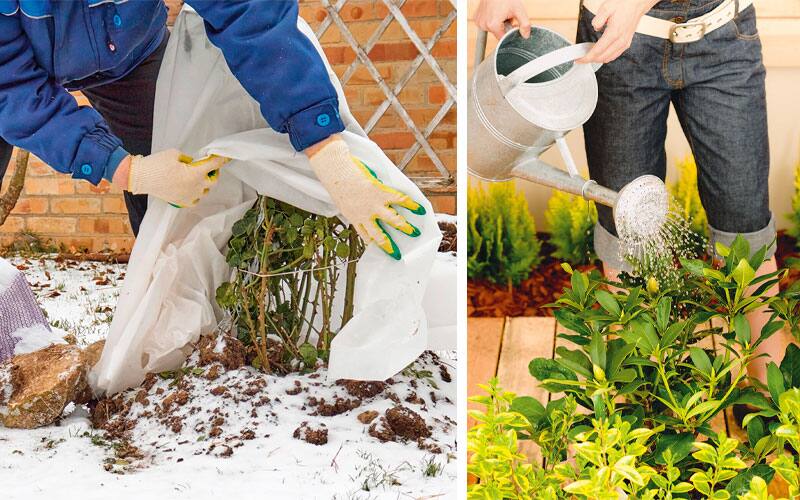
Caring for plants may include sheltering them from cold weather; watering plants to keep roots moist
James / stock.adobe.com.; © Наталья Дорожкина; CandyBox Images
Beat the heat
These resources can also help when considering the impact extreme heat has on plants. When temperatures exceed 86 F, many plants suffer short- or long-term damage such as withering, leaf and flower drop, stunted growth and more. The longer the heat wave persists, the greater the risk of damage.
Summer heat, humidity and drought are unavoidable issues that southeastern gardeners face along with winter cold. In addition, high nighttime temperatures during the summer months pose problems for plants that originated in climates with cool summer nights, says Polomski. Providing afternoon shade, mulching the soil to keep plant roots cool and moist or designing landscapes that help create a more desirable environment can help.
Drought and water restrictions make selecting plants suited to your area’s rainfall more important than ever. Established drought-tolerant plants, such as juniper, zinnia, portulaca, sedum and blanketflower, require less frequent watering. That means less work for you once these plants have formed a robust root system and adapted to their home in your garden.
Brian Minter, a grower and horticulture expert based in Chilliwack, British Columbia, recommends creating well-drained soil so plants develop deeper, more drought-tolerant roots. These plants are better able to survive winter cold, summer heat and drought conditions.
Again, plant tags and seed packets often provide helpful information on a plant’s tolerance to drought. Many gardeners are incorporating native plants better adapted to their local climate conditions.
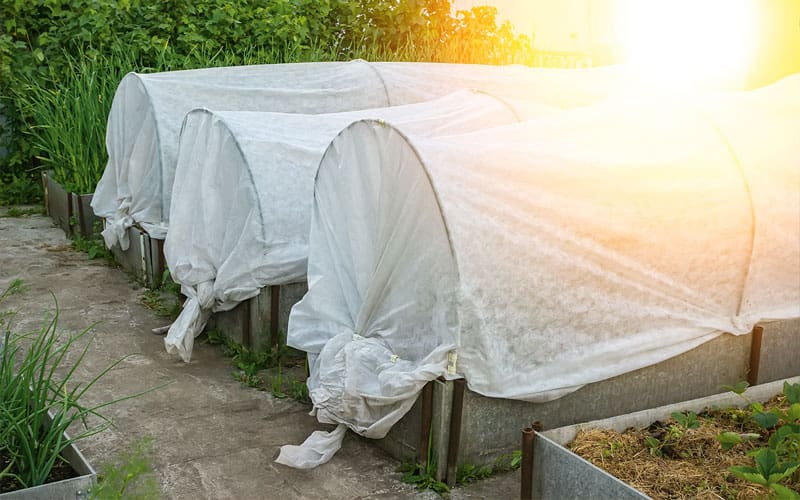

Covering seedlings to protect them from the sun and birds; replacing faded annuals with those better suited to the weather
oksanamedvedeva; wavebreak3 / stock.adobe.com
Extend your growing season
The average last spring and first fall frosts also influence plant selection and planting times indoors and out. The number of days between these two dates defines the frost-free growing days in your location. Compare this to the plant tag, seed packet or plant description. Most of these resources provide the number of days from planting to harvest or bloom. Match the number of frost-free days in your area with those required by the plant.
To overcome this limitation, grow varieties that require a shorter season, start plants from seeds indoors or purchase transplants of those plants that require a longer growing season.
Planting dates, indoors and out, are also based on a plant’s ability to tolerate cold soil and air temperatures. Grow cool-weather plants like pansies, sweet alyssum, radishes, peas and greens during the cooler months. Replace any that are struggling when warmer weather arrives. Zinnias, sunflowers, squash, tomatoes and peppers are among the plants that prefer the warmer weather.
Jump-start the growing season or extend it past the first fall frost with season-extending strategies. Use structures such as cold frames, cloches and floating row covers to protect young seedlings and transplants—or your harvest—from chilly temperatures and frosts. Vermont’s Charlie Nardozzi, an award-winning author, radio and TV show host (gardeningwithcharlie.com), has observed a shift in frosts in the Northeast, allowing gardeners to plant warm-season crops, such as zucchini, cucumbers, beans and basil, in midsummer. These will mature and produce a second crop in fall, and frost protection strategies can be used as needed.
Many gardeners choose to incorporate native plants, which are better adapted to their local climate conditions. Toronto-based Steven Biggs, co-host of The Food Garden Life Show, recommends talking with nearby gardeners to find out what works in your immediate neighborhood, as hardiness differences can exist within a small area. Visit your local botanic garden, seek plant recommendations from local university sources and consult with plant experts to help with plant selection.
Wherever you garden, select plants that match the growing conditions, space, your design and, perhaps most importantly, the time you have to care for your landscape. That way you will have time to relax and enjoy the efforts of your labor. With a little planning, your landscape can be an extension of your lifestyle, values and sense of ambiance that will help reduce the stress of daily life.
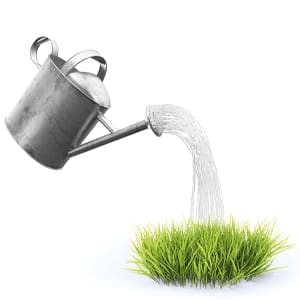
© Mopic / stock.adobe.com
Water wisely
Water new plantings often enough in the first few weeks to keep the roots moist but not soggy. Gradually reduce frequency so you will be watering thoroughly but less often. Watering frequency varies with the soil, climate and plants you are growing. Proper watering helps plants develop robust root systems that are better able to absorb water and nutrients from a larger area. Spread a layer of leaves, evergreen needles or wood chips over the soil surface away from tree trunks, shrub stems and the crowns of perennials. These organic mulches help conserve moisture, suppress weeds and improve the soil as they decompose and moderate soil temperature.—MM
Melinda Myers (melindamyers.com) has a master’s degree in horticulture and is an author, columnist, and TV and radio host.
Costco Connection: You’ll find a variety of plants and garden supplies in Costco warehouses and at Costco.com.

